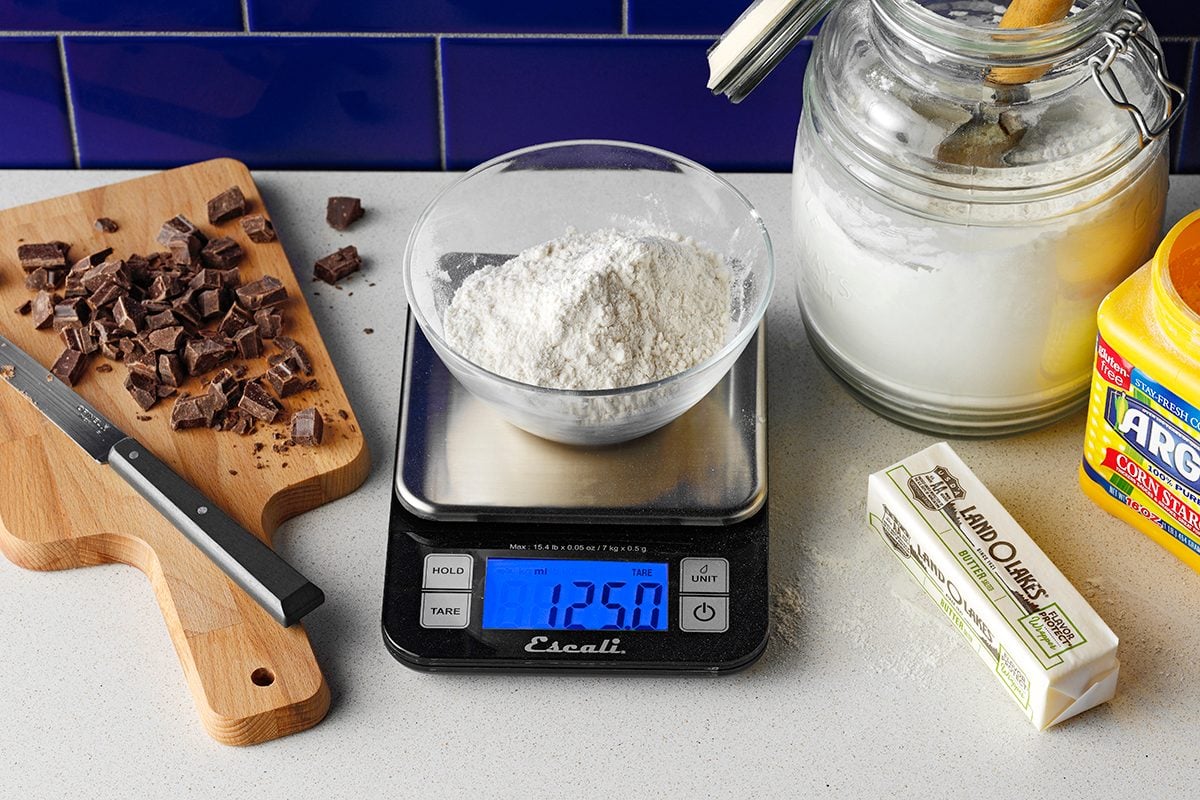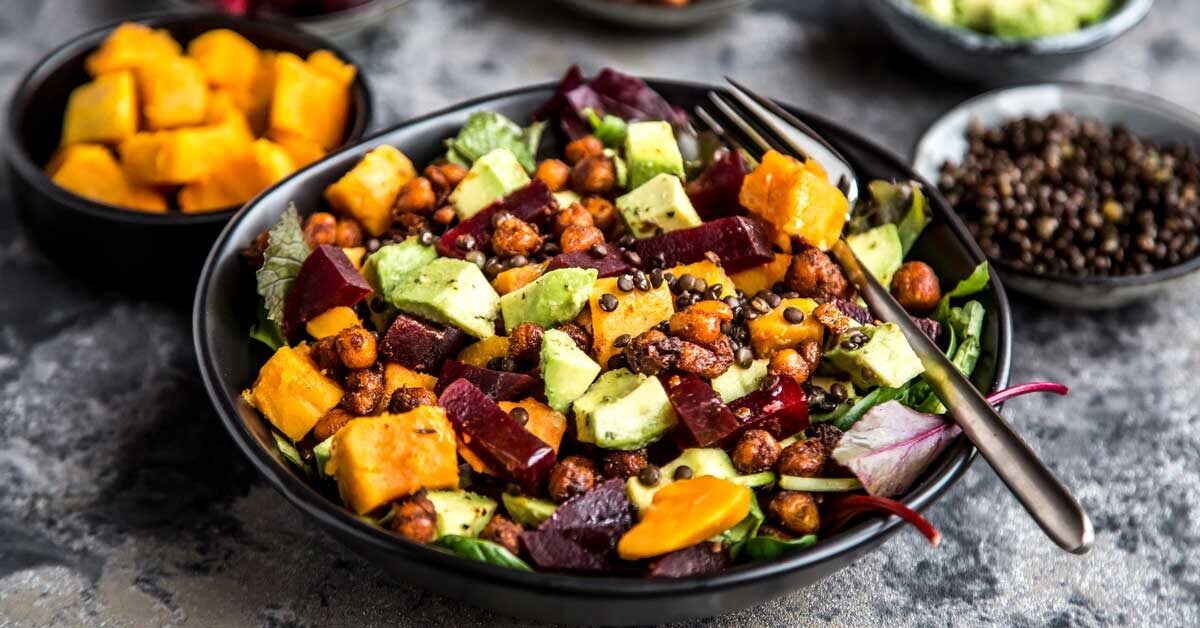What is found in fish?
Fish dishes are delicious, quick to cook, easy to cook and easy to digest. Nutrient elements are also found in sufficient quantity in fish. Fish is a particularly good source of omega-3 fatty acids. It is beneficial for physical, mental and heart health.
Fish is low in fat, high in protein and rich in some nutrients. It also contains vitamins, minerals and other nutrients.
Benefits of eating fish
Fish is beneficial for heart patients. If they include fish in their food, it will be very beneficial. The omega-3 fatty acids found in fish strengthen the heart and muscles and help control the amount of cholesterol in the body.
Eating fish dishes helps to control stress, depression, reduce eye and skin problems that occur after aging. If a pregnant woman consumes fish regularly, it will also benefit the growth of the baby in the womb. Fish also helps children's brain development.
How do you get nutrients from fish?
Various fish dishes can be prepared. For example, many dishes like soup, curry, biryani, fry, grill, boil, steam, fish tikka, fish pasta, shrimp pizza, fish chili, fish chowmein, fish sizzler can be made from fish.
Even if you eat it by adding it, making jhol and gravy dishes, the nutrients in the fish will not be destroyed. Even if you cannot eat it daily, eating fish twice a week is beneficial for your health.
Species of fish found in Nepal?
According to fish traders, about 75 types of fish are available in the market in Nepal. But not all these types of fish are available in all shops. There are usually seven to eight types of fish in the shop such as Naini, Sahar, Asla, Bachafish, Bhatura, Raun, Bhura, Buhari Shrimp and others. In this too, the fish vendors say that most of the customers like Raun, Bhura and Buhari fish. In which Buhari fish has less spines while all others have spines. Traders say that the demand for shrimp is increasing recently. However, hairy fish is a perennial favorite.
They say that although fish is all delicious, it also depends on the way it is cooked. Also, some people like to eat boneless meat with gravy, while others like to fry raw fish in oil.








